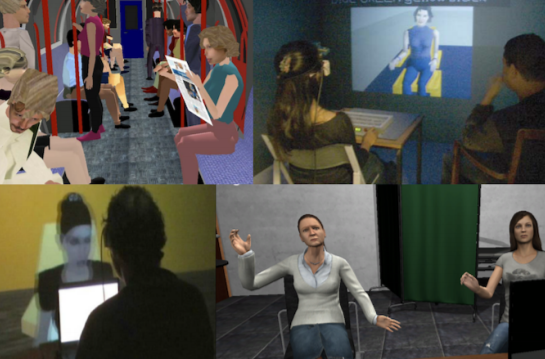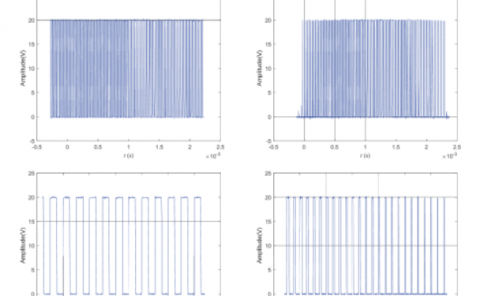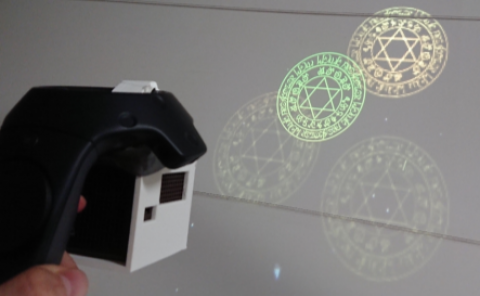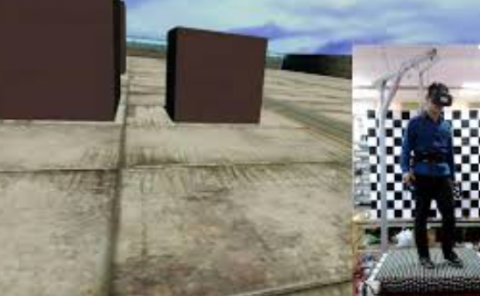Creating Virtual Characters
PubDate: June 2018
Teams: University of London
Writers: Marco Gillies
PDF: Creating Virtual Characters

Abstract
An encounter with a virtual person can be one of the most compelling experiences in immersive virtual reality, as Mel Slater and his group have shown in many experiments on social interaction in VR. Much of this is due to virtual reality’s ability to accurately represent body language, since participants can share a 3D space with a character. However, creating virtual characters capable of body language is a challenging task. It is a tacit, embodied skill that cannot be well represented in code.
This paper surveys a series of experiments performed by Mel Slater and colleagues that show the power of Virtual Characters in VR and summarizes details of the technical infrastructure used, and Slater’s theories of why virtual characters are effective. It they discusses the issues involved in creating virtual characters and the type of tool required. It concludes by proposing that Interactive Machine Learning can provide this type of tool.



